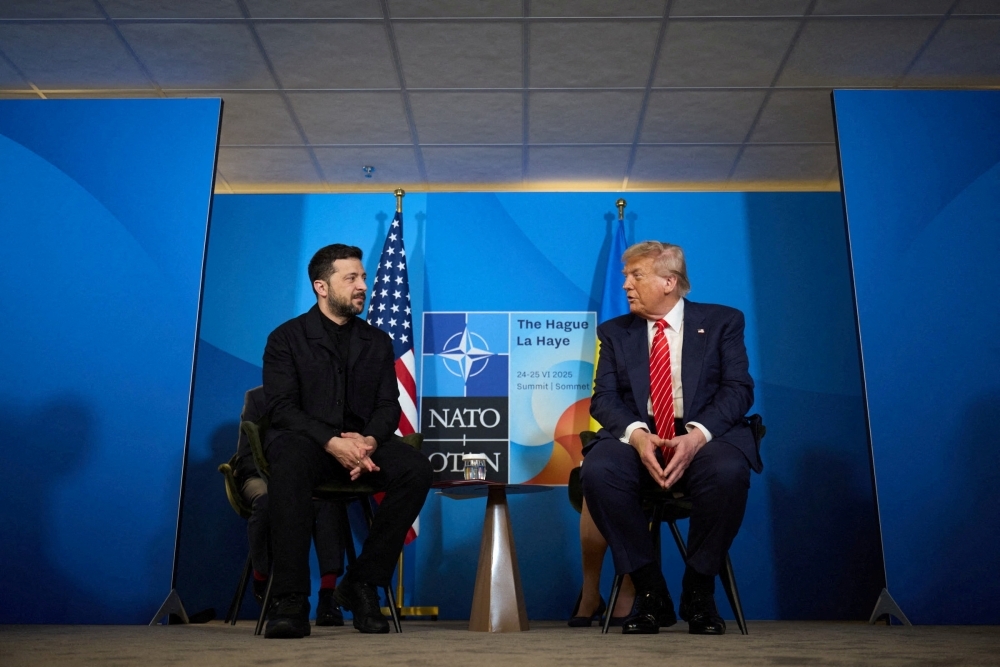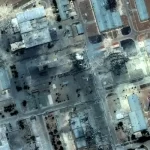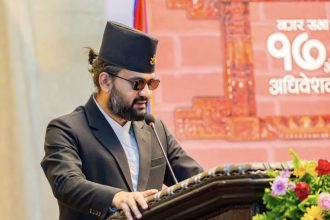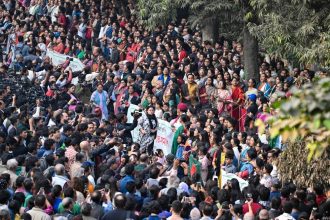Washington, July 11 — In a move that signals a shift in how the United States supports Ukraine, President Donald Trump announced yesterday that US weapons will now be routed to Ukraine through NATO, with the alliance footing the bill entirely.
“We’re sending weapons to NATO, and NATO is paying 100 per cent,” Trump said in an interview with NBC News. “Those weapons are going out to NATO, and then NATO is handing them to Ukraine.”
For the first time since returning to office, Trump is using his presidential authority to directly allocate US weapons to Ukraine under the Presidential Drawdown Authority. According to sources familiar with the matter, the aid—estimated at around US$300 million—will be pulled from existing American stockpiles. The package may include advanced defensive tools like Patriot missiles and medium-range rockets, though final decisions are pending.
Trump also hinted at something bigger on the horizon. “I think I’ll have a major statement to make on Russia on Monday,” he told NBC, choosing not to elaborate. His tone was firm, and it reflected growing frustration with the Kremlin over the drawn-out war that began with Russia’s invasion of Ukraine in February 2022.
This announcement comes at a pivotal time, as Trump seeks to balance domestic concerns about US military spending abroad with continued support for Ukraine’s right to defend itself. Though Trump has, at times, criticized funding for Ukraine and spoken warmly of Russia, his latest actions show a shift in tone—one where national security and NATO unity are taking center stage.
Meanwhile, in Rome, world leaders came together for a powerful show of solidarity. Italian Prime Minister Giorgia Meloni announced that over €10 billion (approximately US$12 billion) had been pledged by participants at a reconstruction conference focused on Ukraine’s future. The European Commission alone committed €2.3 billion, reflecting the West’s long-term investment in helping Ukraine rebuild.
Ukrainian President Volodymyr Zelenskiy used the moment to call for stronger international action—urging allies to seize and redirect Russian assets toward rebuilding efforts and to deepen defense cooperation.
The pledges came just hours after a harrowing night in Ukraine. Russian missile and drone strikes once again shattered the peace in Kyiv and beyond. Around 400 drones and 18 missiles rained down on the capital and nearby regions. At least two people were killed and 26 injured, while buildings burned, windows shattered, and neighborhoods woke up to chaos.
“This is terror,” said Karyna Volf, 25, a Kyiv resident who barely escaped the attack. “It happens every night while people are sleeping.”
In a parallel diplomatic push, US Secretary of State Marco Rubio met with Russian Foreign Minister Sergei Lavrov in Malaysia. The two held a candid 50-minute discussion. Rubio expressed America’s dissatisfaction with Russia’s intransigence and emphasized the need for a roadmap to end the conflict.
“We had a frank conversation,” Rubio said. “There needs to be a path forward—and that path must begin with flexibility and truth.”
The world is watching closely. With renewed military aid, rising diplomatic pressure, and billions in reconstruction pledges, Ukraine may be entering a new chapter—one built not just on defense, but also on hope.








